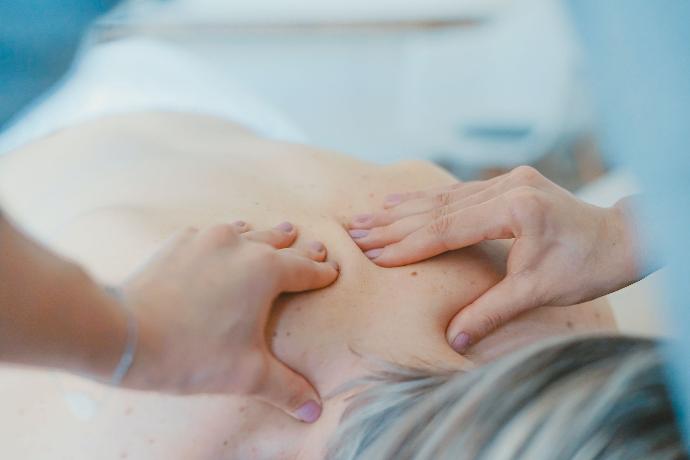Cat's claw is a liana that grows in tropical regions. A sacred plant in Amazonia, it is traditionally used to relieve joint pain and inflammatory diseases. Discover the benefits of Cat's Claw and its use in mother tincture.
Why take cat's claw mother tincture?
A minimum 3-month cure of cat's claw will :
- reduce joint pain
- acting on rheumatoid arthritis
- boost the immune system
- fighting cancer
- reduce inflammation and counter the damaging effects of free radicals
- protect the skin from the effects of the sun
La griffe de chat une plante médicinale tropicale
Griffe du chat ou uncaria tomentosa de son appellation botanique est une liane réputée pour ses propriétés médicinales. En effet, sa richesse en alcaloïdes, glycosides, flavonoïdes et tanins lui confèrent des vertus intéressantes pour le traitement des douleurs arthrosiques ainsi que pour soulager l'inflammation et stimuler l'immunité.
Cat's claw mother tincture to relieve joint pain
Il semblerait qu'avec 100 mg/ j de griffe du chat, les douleurs articulaires du genou diminueraient au bout d'une semaine de traitement.
What's more, some authors claim that it is even more effective than glucosamine in reducing pain. Cat's claw is also said to help cartilage regeneration by increasing the synthesis of new chondrocytes.

Cat's claw, a remedy for rheumatoid arthritis
Coupled with omega-3 essential fatty acid supplementation, cat's claw is said to have sufficiently powerful anti-inflammatory properties to relieve the discomfort and even pain of rheumatoid arthritis. To achieve this, the course of treatment should last 24 weeks.
Boost the immune system with the Cat's Claw mother tincture
La cat's claw mother tincture improves macrophage phagocytosis. It therefore has an immunomodulatory role to play in both prevention and curative treatment during sensitive epidemics. Cat's claw is also useful for preventing cancer, and helps slow anarchic cell production.
Anti-inflammatory and antioxidant properties of cat's claw TM
L'oxydation tissulaire est un processus naturel mais qui peut être accélérée à cause du stress, du tabac, de l'alimentation inadaptée, d'une exposition au soleil, des médicaments, de la pollution etc.
Les radicaux libres sont responsables de l'oxydation et accélèrent le vieillissement cellulaire. La présence des flavonoïdes lui confère des propriétés antioxydantes non négligeables en plus d'une activité anti-inflammatoire.
Contraindications to eating cat's claw
- As cat's claw is immune-modulating, it's important to talk to your doctor before any self-treatment. Autoimmune diseases are sensitive to variations in the immune system which, if over-stimulated, can lead to inflammatory flare-ups.
- Cat's claw is not recommended for pregnant or breastfeeding women, or for children under 7.
- Lastly, you need to be aware of drug interactions (hypotensive and immunosuppressive treatments).
What is a mother tincture?
The mother tincture, also known as alcoholature, is a hydroalcoholic solution made from a mixture of fresh plants and alcohol. This well-known phytotherapy remedy also plays an important role in homeopathic practice, as it is used to make dilutions and is the basis for many homeopathic medicines.
"To make it, the plant is macerated in a solution of pure alcohol (between 60° and 95°). Then, for three weeks, the mixture must be stirred regularly to extract the plant's active elements. When this stage is complete, the solution is filtered to retain only the liquid part.
La fabrication des teintures-mères est strictement contrôlée par le milieu pharmaceutique et les laboratoires produisant des teintures mères doivent avoir une certification BFP (Bonne pratique de fabrication) donnée par l’Agence nationale de sécurité du médicament et des produits de santé (ANSM).
Les teintures-mères sont réalisées avec des plantes sèches et sont maintenant considérées comme médicaments, donc soumises au monopole pharmaceutique.
La quantité de plante utilisée est de 100 grammes de plante sèche par kg de produit fini.= ratio 1/1 (= autant de plantes équivalentes au poids frais que d'alcool à 80°) (moins quand il s'agit de graines ou de fleurs seules)
La macération se réalise dans de l'alcool de blé bio à 96° ou à 80°, pendant 1 semaine ; puis on réduit à 40° / volume par adjonction d'eau distillée, et la macération continue pendant au moins 3 semaines. Cela se fait dans des bonbonnes en verre, simplement filtrées au coton bio, et stockées en bouteilles en verre teinté.



